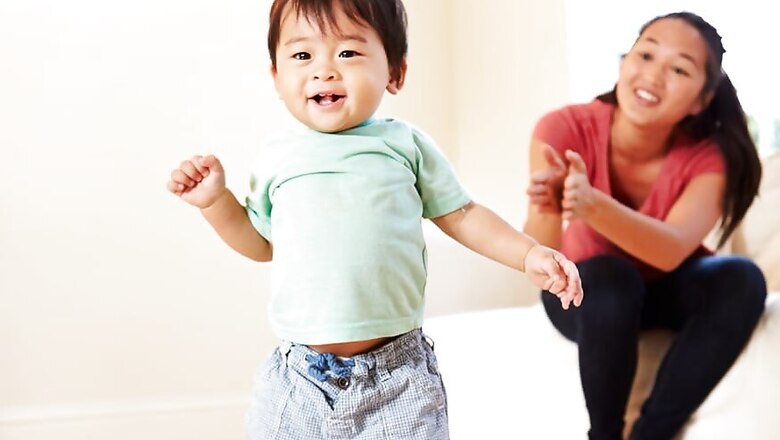
views
A new UK study has found that children who start to walk, run, and jump earlier are more likely to have stronger bones later in life.
Carried out by a team of researchers from from Manchester Metropolitan University and the University of Bristol, the study looked at data from 2,327 participants which assessed their movement at 18 months of age, and then the size, shape and mineral density of their hip and shin bone at 17 years of age.
The results showed that there was an association between movements such as walking, running and jumping at 18 months old and stronger bones as a teenager.
The researchers also found that this association was even stronger in males than in females, suggesting that early movement does not play such a key role in female bone development.
Both findings also support earlier studies by the researchers which have already shown that physical activity and exercise have a greater effect on bone development in males than in females, and that babies who start to walk earlier could have up to 40 percent higher bone mass in their shinbone compared babies who are still crawling at the age of 15 months.
The team believe that the increased bone strength in later life could be caused by the stress that toddlers place on their bones in early life by moving around. The bones react to this stress by becoming wider and thicker, therefore making them stronger.
Another theory put forward by the team is that toddlers who move around a lot in early life are also naturally more physically active in later life.
The results could now be used to help identify individuals at a greater risk of developing osteoporosis and bone fractures in later life, with lead researcher Dr Alex Ireland commenting, "Importantly, the results could have implications for later life by helping medical practitioners to anticipate and detect those who are at a greater risk of osteoporosis or fractures, thus helping them to devise prevention and coping strategies.For example, attainment of these movement skills at an early age can be easily improved even by simple parent-led walking practice at home."


















Comments
0 comment